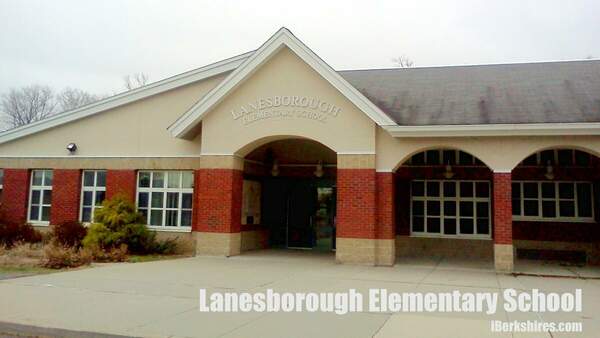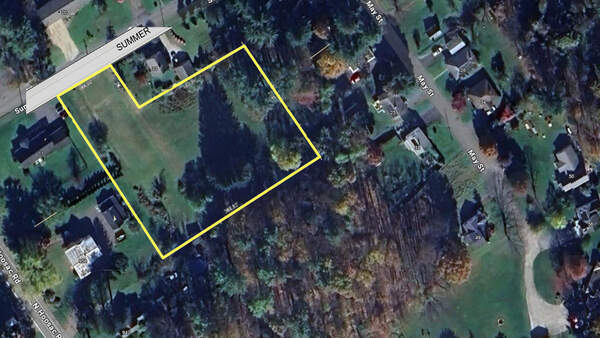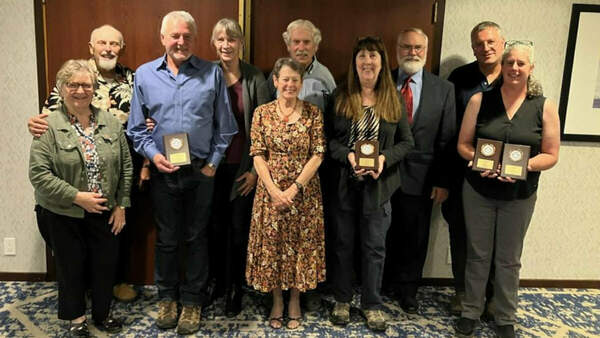
Williamstown Community Preservation Committee Rejects 3 Projects
WILLIAMSTOWN, Mass. — The Community Preservation Committee has recommended that town meeting fund six projects to the tune of $154,421.
The committee at its Feb. 23 meeting voted to send just six of nine active applications for Community Preservation Act funds to May's annual town meeting.
The CPC rejected three projects outright and reduced the request of a third applicant by $11,500. A 10th applicant, the South Williamstown Community Association, has withdrawn its initial application.
It was by far the most contentious CPC meeting in recent memory as the panel grappled with a large applicant pool and a CPA "pot" constrained by the town's fiscal 2017 payment on a bond to help fund the Cable Mills apartments.
In 2007, town meeting committed the town to a $1.5 million contribution toward the restoration of the then-vacant Water Street mill building. The project was seen as satisfying three elements of the Community Preservation Act: historic preservation, the creation of open space and recreation opportunities by providing access to the adjacent Green River and affordable housing. Thirteen of the Cable Mills apartments are set aside as income sensitive.
Subsequent to the '07 town meeting, Cable Mills was put on hold, but the recent completion of the project means the town had to take out a bond to pay its obligation. Repaying that debt will cut down on the available CPA funds for new projects for some years to come.
The FY17 payment is $137,500.
Two members of the committee, Jeffrey Thomas and Michael Sussman, urged their colleagues not to recommend town meeting spend the full $284,000 expected to be available in FY17. Both encouraged the committee to create a "carryover" into FY18, as the CPC has done in the past. The carryover did not require as much of a conscious sense of fiscal restraint in other years, when total funding requests did not bump up against the available funds.
"Plus or minus, I see us being able to have $130,000 to $135,000 left in the bank this year depending on what we choose to fund," Thomas said in a meeting telecast on the town's community access television station, WilliNet. "I would suggest that's a good target for next year and would be on a par with what was carried over from last year."
After three rounds of voting, the committee ended up recommending funding that would produce a carryover of $129,420.
The first votes taken at the Feb. 23 meeting decided whether applicants satisfied the requirements of the CPA. All did, and the votes either were unanimous or 7-1 with two exceptions: the First Congregational Church project and the restoration of the historic Smedley House on Main Street.
The church project passed by a 4-3-1 margin; the Smedley House bid passed, 5-3. Both ended up being cut in a second round of voting.
After deciding whether the projects were acceptable under the terms of the act, the committee took a vote to see whether members actually favored funding each project — with the understanding that it would go back and take another vote to set overall recommendations in light of the fiscal realities.
The $50,000 request from First Congregational Church was requested to support a larger renovation project. At past meetings, members of the committee questioned whether town funds should be used to support a religious institution — albeit one critical to the town's history that makes its meeting space to secular and sectarian groups of all stripes.
At the most recent meeting, the focus was more on the nature of the work being done, which is less about restoring space in question (a 1960s addition) to its original look but to make it fit in more with the 1914 structure as a whole.
Church officials have told the committee the entire restoration project is about preserving the historic church as a community asset.
"In the Community Preservation Act, historic preservation doesn't just mean fixing old things," First Congregational Church stewardship co-Chairman Kevin Jones told the committee. "In a broader sense, it talks about preserving the use of the building."
The committee voted 5-2-1 against recommending the church project to town meeting.
It voted 7-1 against the Smedley House project without any discussion at the Feb. 23 meeting. That application had faced particularly sharp questions at past meetings.
The second round of voting yielded positive votes on the Spruces Land Use Committee, the Hoosic River Watershed Association's Spruces swale restoration project, the Conservation Commission's Hunter Property bridge project, the Williamstown Historical Museum, the Gale Hose Company, the Williamstown Rural Lands Foundation's Stone Hills Trail project and the Affordable Housing Trust.
With the $29,500 for the Hunter Property bridge and the full $53,000 requested by the Spruces committee, that brought the total recommended to $195,421.
Then the committee faced a third vote to see if that total was acceptable.
At that time, amendments were offered to cut the bridge and lower the allocation to the land-use committee from $53,000 to $41,500. Thomas suggested the CPC similarly trim the request from the Affordable Housing Trust, but failed to receive any support for the idea.
The former amendment was predicated on the fact that the land use committee had a low end estimate for the work it needs done in the amount of $41,500. It had asked for more (initially $63,000) on the theory that if responses to its planned request for proposals come back higher than the $41,500 estimate, the committee wants to be able to move forward with planning for the town-owned property and not have to wait until annual town meeting 2017.
But committee members insisted that the land-use committee be limited to funding to support the low-end estimate it had in hand — preliminary though that estimate may be. CPC members suggested that if the town give the committee more than the $41,500, it would guarantee the request for proposals would get responses quoting a higher price tag for the engineering services needed.
The amendment to cut the application to $41,500 was approved on a 5-3 vote.
The committee voted to pull the Hunter Property bridge proposal. Philip McKnight, who fills the Conservation Commission's chair on the CPC, held out in favor of the Con Comm's proposal.
"Given that we have the funds available … it doesn't make sense to eliminate this project when it's generally part of the plan approved by the town in the Master Plan and the Conservation Commission in its conversations," McKnight said. "It's an essential link between two town-owned properties in terms of safety and convenience."
CPC member Mark Reinhardt, who voted against the bridge project in a 6-2 vote in the second round of voting, said that at a time when the town has to prioritize its CPA allocations, the bridge is not as high a priority as other items applied for.
"I agree with spending money on public land," Reinhardt said. "But I thought if three people walk across that bridge and two people don't get a mortgage [under the AHT's Mortgage Assistance Program], I don't have a hard time giving the money to the Affordable Housing Trust and making the bridge wait.
"It doesn't seem like a difficult comparison."
Reinhardt occupies the Housing Authority's chair on the CPC. His sentiments were echoed by Selectmen Chairwoman Jane Patton, who also chairs the CPC.
"I can think of no single one more important thing that we're doing than trying to help folks move into this town, find jobs in this town," she said. "There is nothing more important this one [AHT] application because its reach is broad and wide and critical.
"Maybe we pare some other things."
Tags: affordable housing trust, CPA, historic preservation, Spruces, town meeting 2016,















